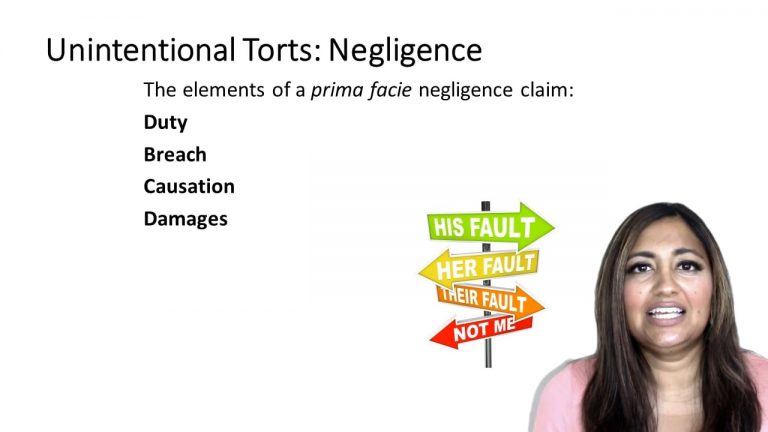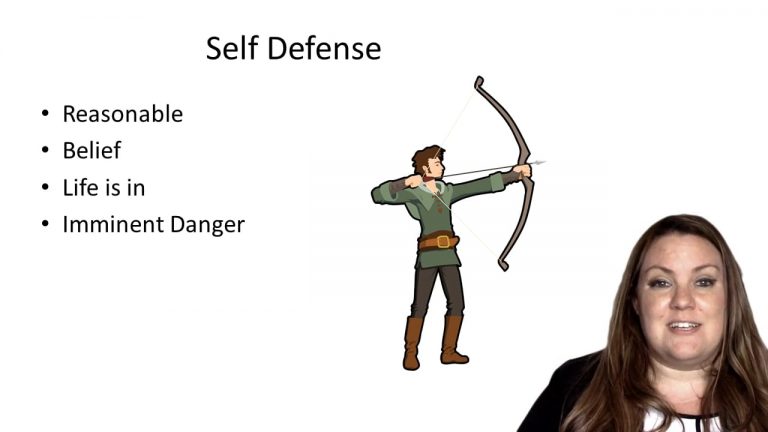SmartBrief
Confirm favorite deletion?
Torts Keyed to Underwood
Campbell v. Indiana
Citation:
284 N.E. 733 (Ind. 1973)Facts
The Campbell opinion consolidated two separate cases. In the Campbell case, the plaintiffs sustained personal injuries as a result of a head-on collision with an automobile traveling in the plaintiffs’ lane of traffic upon a state-maintained highway. The plaintiffs alleged negligence on the part of the state in that after repaving the highway, it failed to: 1) mark with a yellow line the aforesaid road, where it is unsafe to pass and 2) carelessly and negligently failed to install no passing signs. In the Knotts case, the plaintiff suffered a personal injury when fell on a crosswalk. The plaintiff alleged that the injuries were the result of the negligent state of repair of the crosswalk.
Only StudyBuddy Pro offers the complete Case Brief Anatomy*
Access the most important case brief elements for optimal case understanding.
*Case Brief Anatomy includes: Brief Prologue, Complete Case Brief, Brief Epilogue
- The Brief Prologue provides necessary case brief introductory information and includes:
Topic:
Identifies the topic of law and where this case fits within your course outline.Parties:
Identifies the cast of characters involved in the case.Procedural Posture & History:
Shares the case history with how lower courts have ruled on the matter.Case Key Terms, Acts, Doctrines, etc.:
A case specific Legal Term Dictionary.Case Doctrines, Acts, Statutes, Amendments and Treatises:
Identifies and Defines Legal Authority used in this case.
- The Case Brief is the complete case summarized and authored in the traditional Law School I.R.A.C. format. The Pro case brief includes:
Brief Facts:
A Synopsis of the Facts of the case.Rule of Law:
Identifies the Legal Principle the Court used in deciding the case.Facts:
What are the factual circumstances that gave rise to the civil or criminal case? What is the relationship of the Parties that are involved in the case.Issue(s):
Lists the Questions of Law that are raised by the Facts of the case.Holding:
Shares the Court's answer to the legal questions raised in the issue.Concurring / Dissenting Opinions:
Includes valuable concurring or dissenting opinions and their key points.Reasoning and Analysis:
Identifies the chain of argument(s) which led the judges to rule as they did.
- The Brief Prologue closes the case brief with important forward-looking discussion and includes:
Policy:
Identifies the Policy if any that has been established by the case.Court Direction:
Shares where the Court went from here for this case.
Topic Resources
Topic Videos
 3m 43s
3m 43s 9m 57s
9m 57sTopic Refresher Course
Topic Charts & Notes

